+86-0523-83274900
+86-151 9064 3365
The NH Fire Hose Coupling adopts the NST thread standard and realizes quick connection through the combination of male and female ends. Its installation process mainly involves steps such as inserting the hose into the tail pipe and expanding and fixing the copper ring to ensure that it does not fall off or leak under high pressure environment.
Before starting the connection, you must make full preparations. First, check the status of the fire hose and the connector to ensure that the hose is not damaged or aged, and the threaded part of the connector is not deformed, rusted or worn. Secondly, use special tools to trim the end cut of the hose flat and remove the burrs or uneven parts to avoid affecting the subsequent sealing effect. If the connector adopts a copper ring locking structure, you also need to prepare a copper ring of the appropriate size in advance and check whether it is intact.
Insert the end of the hose into the tail pipe part of the connector to ensure that the hose completely covers the anti-slip pattern or groove area on the tail pipe. Pay attention to the depth of the hose when inserting it. Generally, it is required to cover at least 2/3 of the length of the tail pipe, so as to ensure that the subsequent copper ring can fully compress the hose. If the insertion depth is insufficient, the hose may loosen under the impact of high-pressure water flow, affecting safety of use.
The installation of the copper ring is a key step to ensure a firm connection. Depending on the design of the joint, the fixing method of the copper ring may be slightly different. If it is a traditional manual expansion method, first put the copper ring on the outside of the hose and cover it on the tail pipe. Then use expansion pliers or special tools to evenly expand the copper ring outward so that it is tightly pressed on the surface of the hose and tail pipe. When expanding, ensure that the force is uniform to avoid uneven deformation of the copper ring and local loosening.
If it is a modern pre-installed copper ring design, the installation process is easier. Just use a hydraulic tool or a wrench to tighten the compression nut on the tail pipe, and the copper ring will automatically deform under pressure, close to the hose and tail pipe, forming a firm connection. This method reduces the error of manual operation and improves installation efficiency and reliability.
After the copper ring is fixed, the connection must be checked. First, pull the hose hard by hand to confirm whether the joint is stable and not loose. Then conduct a water flow test to observe whether there is leakage at the connection, especially under high pressure conditions, special attention should be paid to the sealing performance of the joint. If looseness or leakage is found, the copper ring needs to be readjusted or the depth of the hose insertion needs to be checked.
Finally, align the male end (male thread) of the joint with the female end (female thread) of the fire hydrant, water gun or pump truck, and tighten it clockwise. During the tightening process, a wrench can be used for appropriate reinforcement, but attention should be paid to the strength to avoid excessive tightening and damage to the thread. After completing the connection, check the overall firmness again to ensure that the equipment can be used normally.
During the installation process, the expansion of the copper ring must be uniform, otherwise it may cause uneven local force and affect the sealing effect. The depth of the hose into the tail pipe should be sufficient to avoid loosening under high pressure due to insufficient coverage. In addition, the copper ring may rust or deform after long-term use, and needs to be checked regularly and replaced in time. The threaded part of the joint should also be kept clean to avoid bumps or wear to ensure long-term reliability.
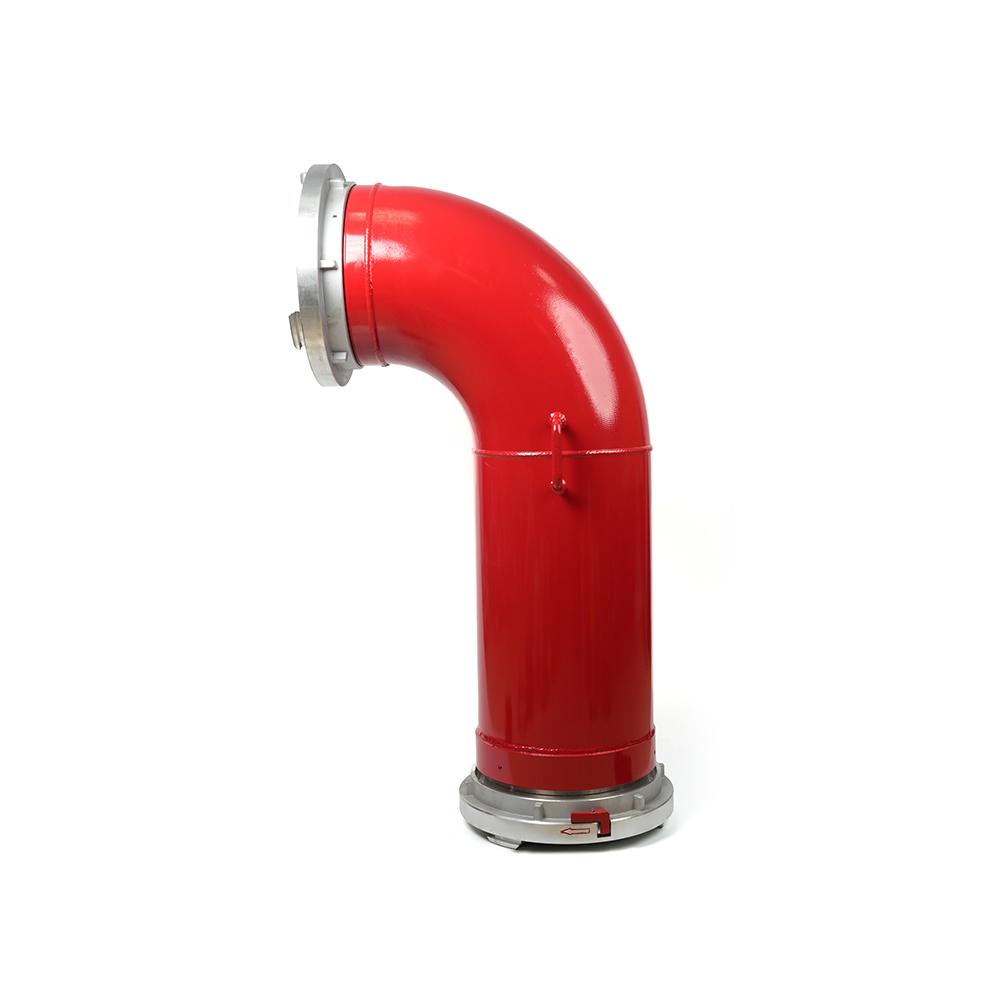 Grooved Fire Elbow-Storz
Grooved Fire Elbow-Storz
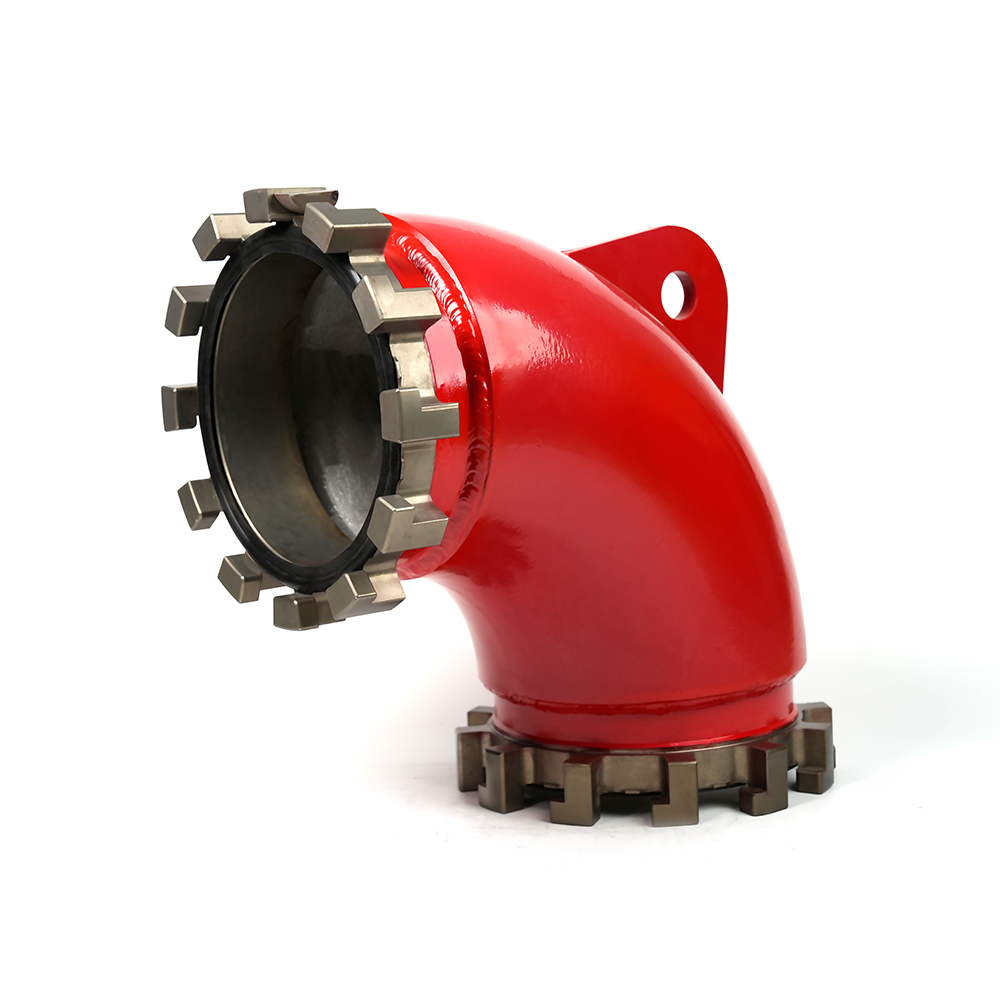 Grooved Fire Elbow-Multi-tooth
Grooved Fire Elbow-Multi-tooth
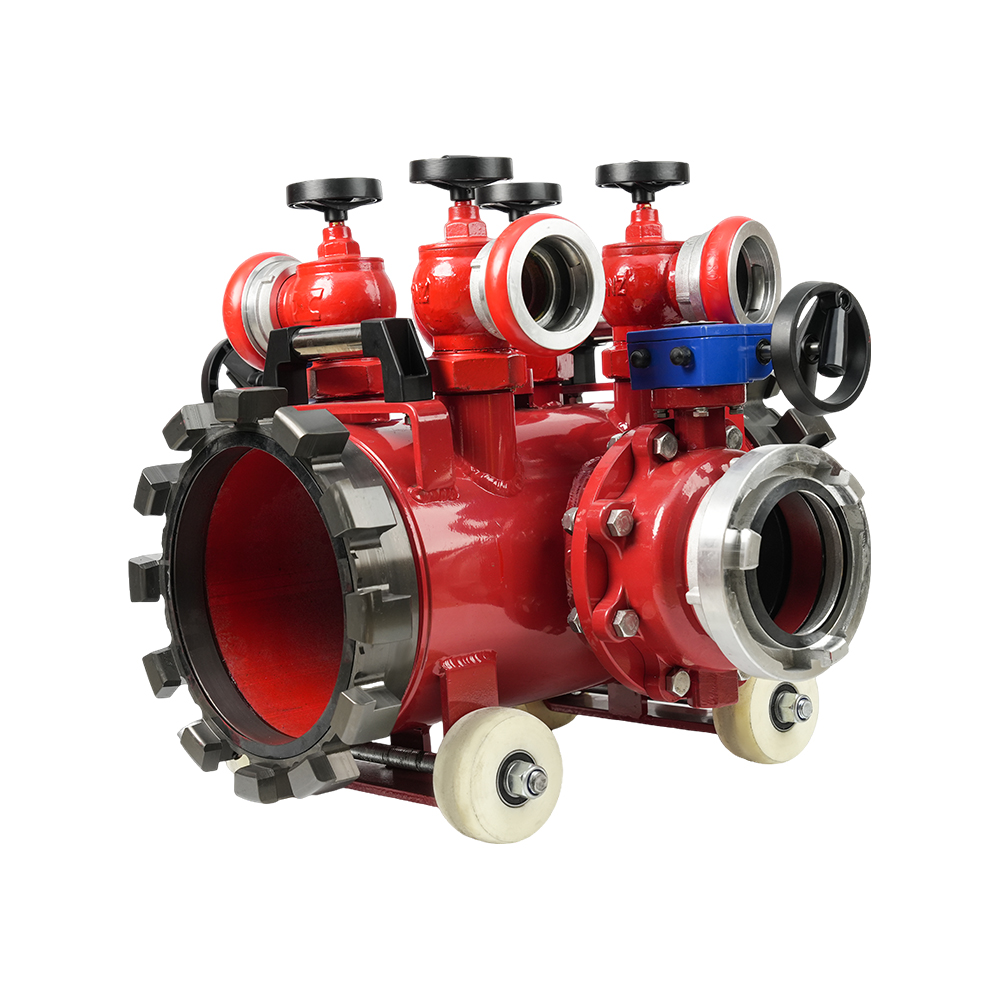 Multi-functional Fire Hose Distributor
Multi-functional Fire Hose Distributor
 Locking Four-Way Fire Hose Distributor
Locking Four-Way Fire Hose Distributor
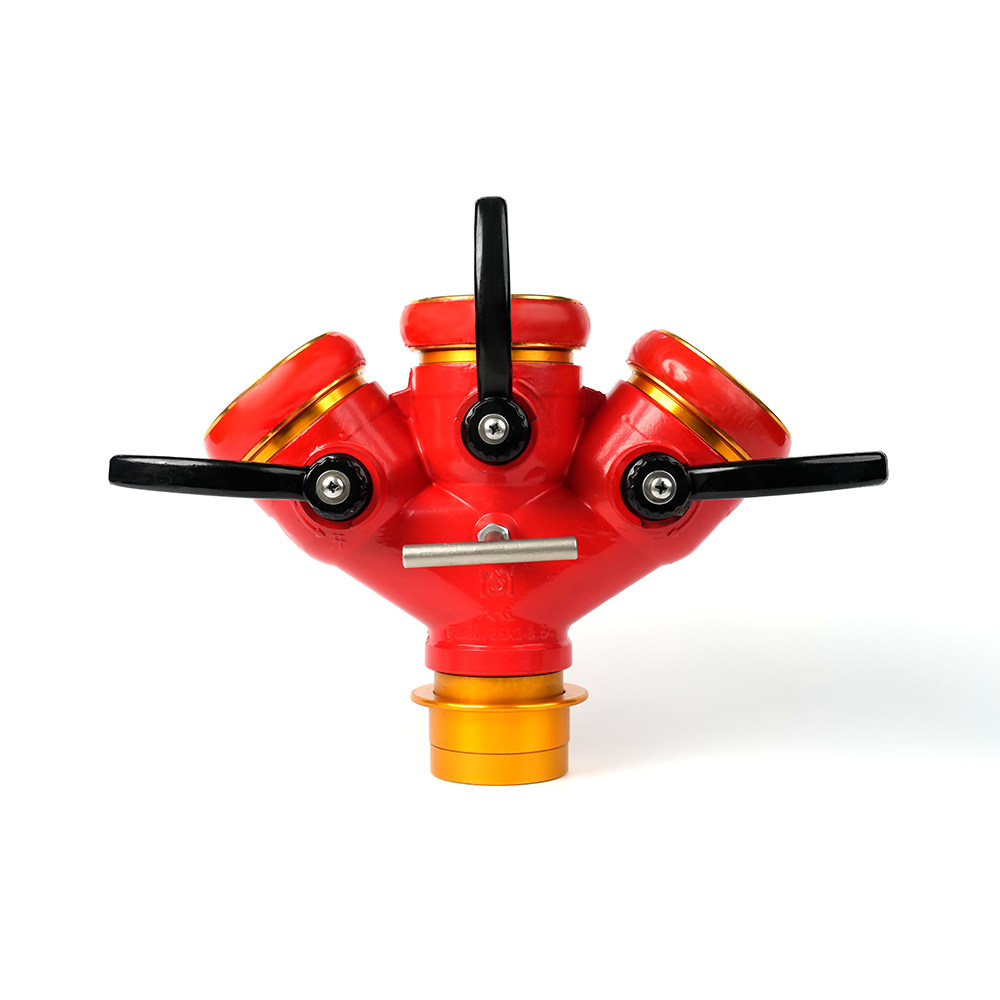 Locking Three-Way Fire Hose Distributor
Locking Three-Way Fire Hose Distributor
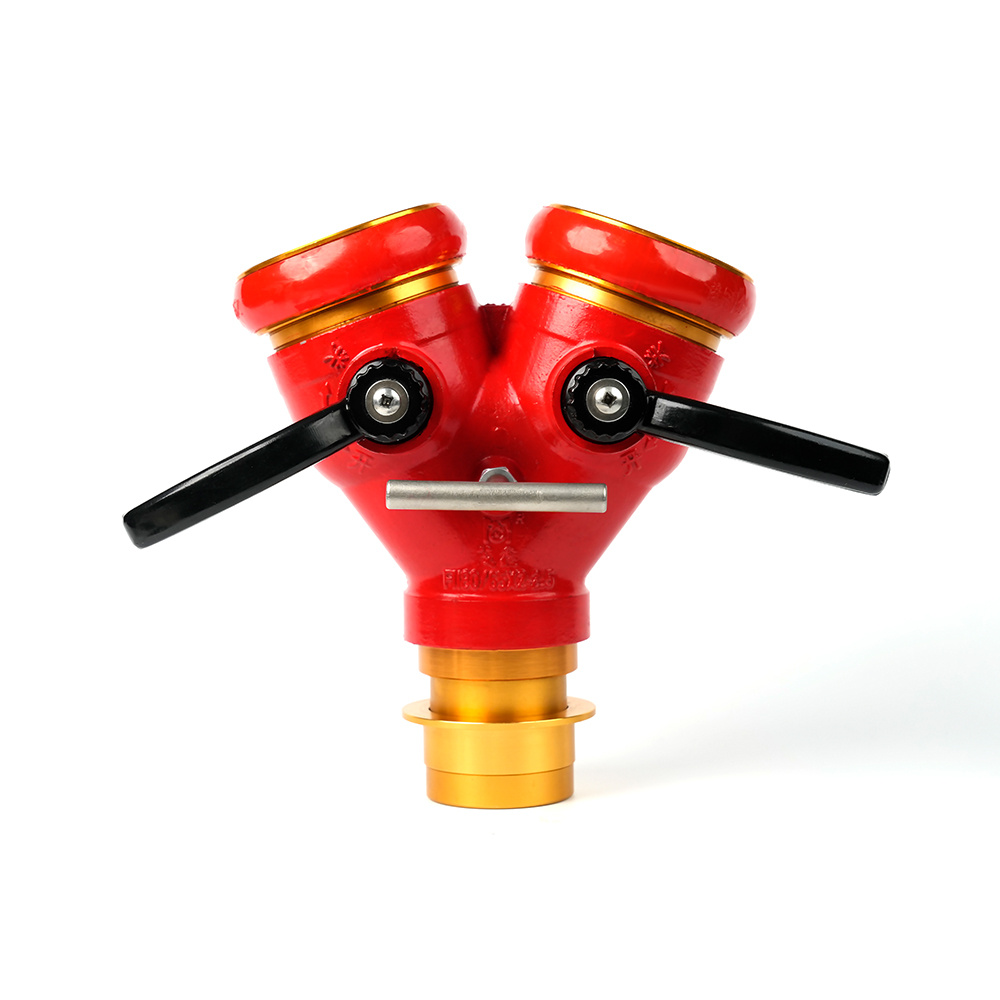 Locking Two-Way Fire Hose Distributor
Locking Two-Way Fire Hose Distributor
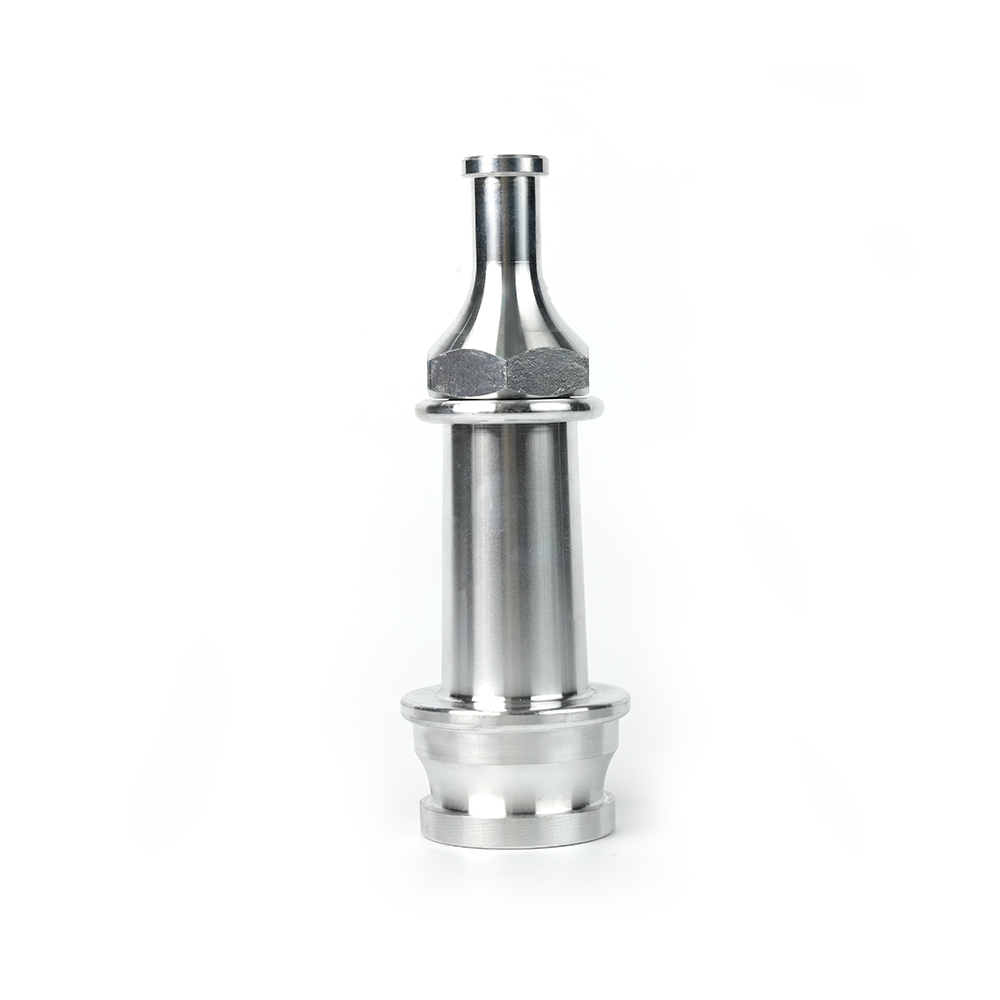 Straight Stream Nozzle
Straight Stream Nozzle
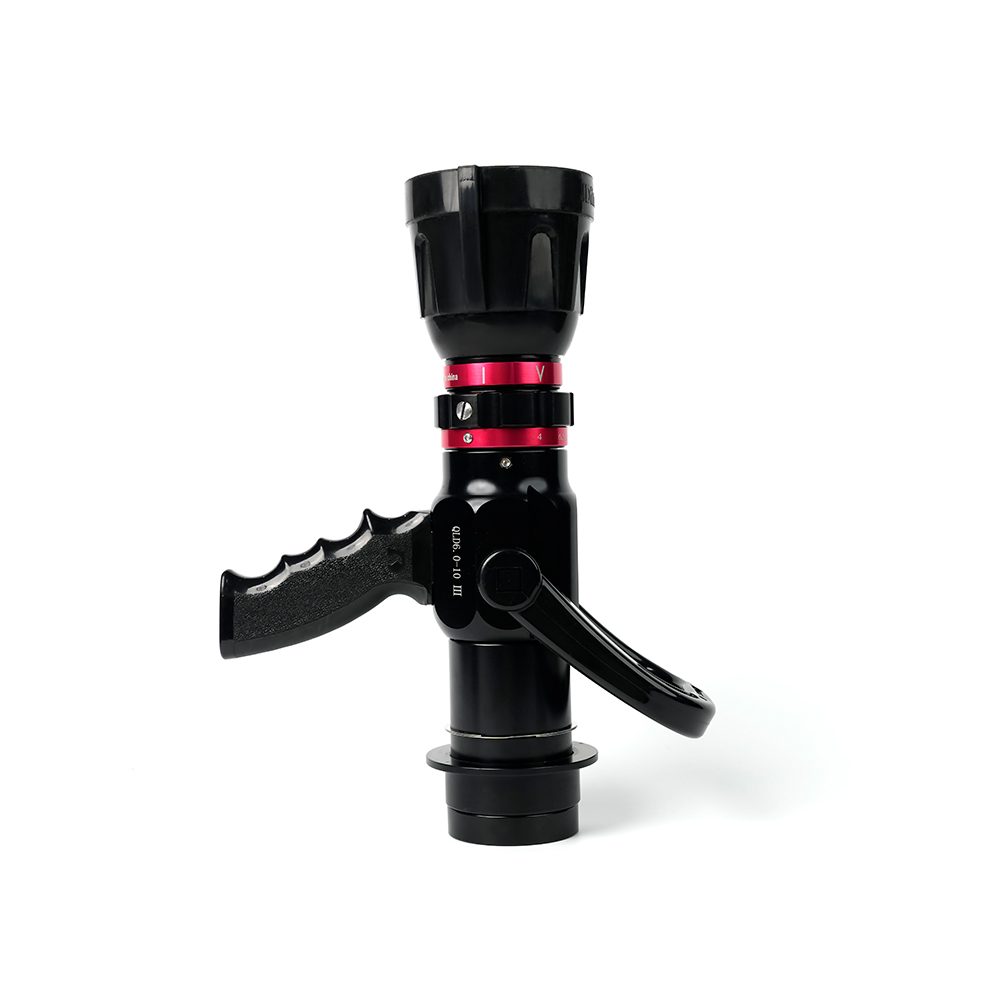 Adjustable nozzle-machino
Adjustable nozzle-machino
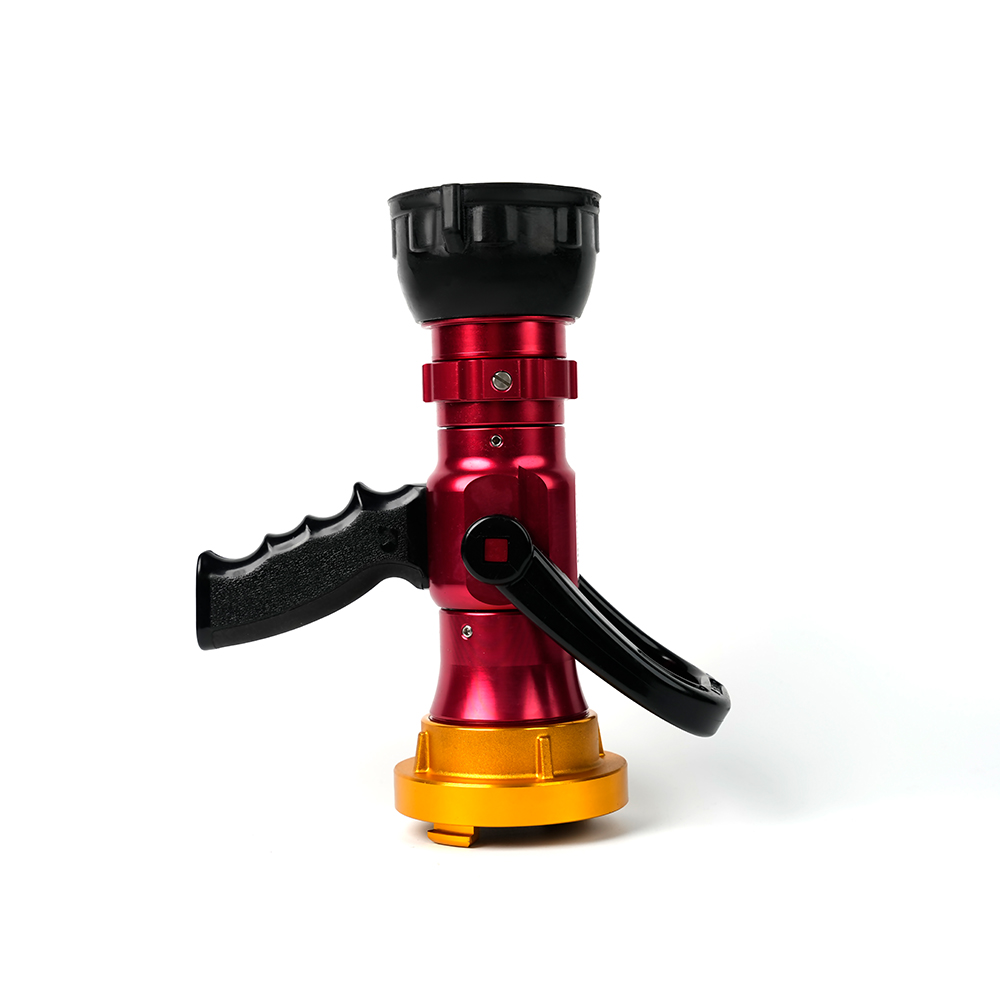 Adjustable nozzle-storz
Adjustable nozzle-storz
 Storz Adapter Couplings - Multi-Tooth
Storz Adapter Couplings - Multi-Tooth
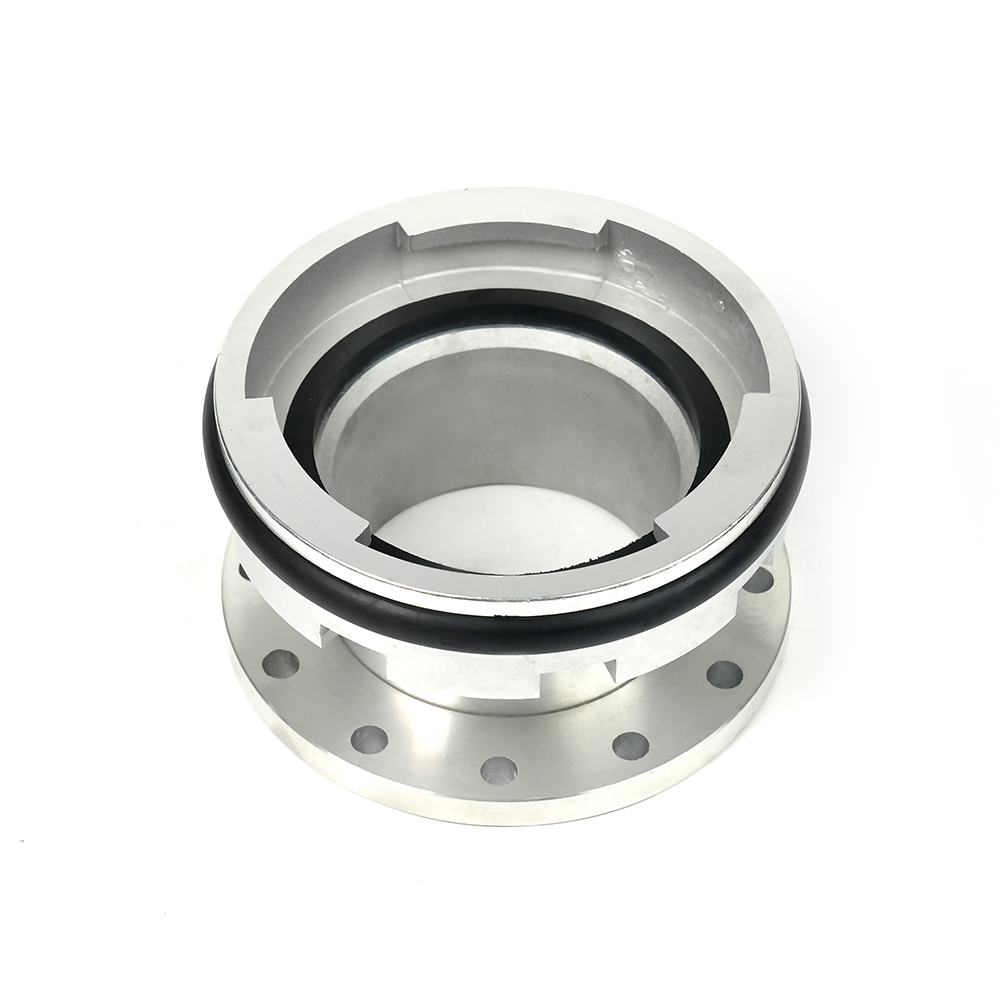 Machino Adapter Couplings – Flanged
Machino Adapter Couplings – Flanged
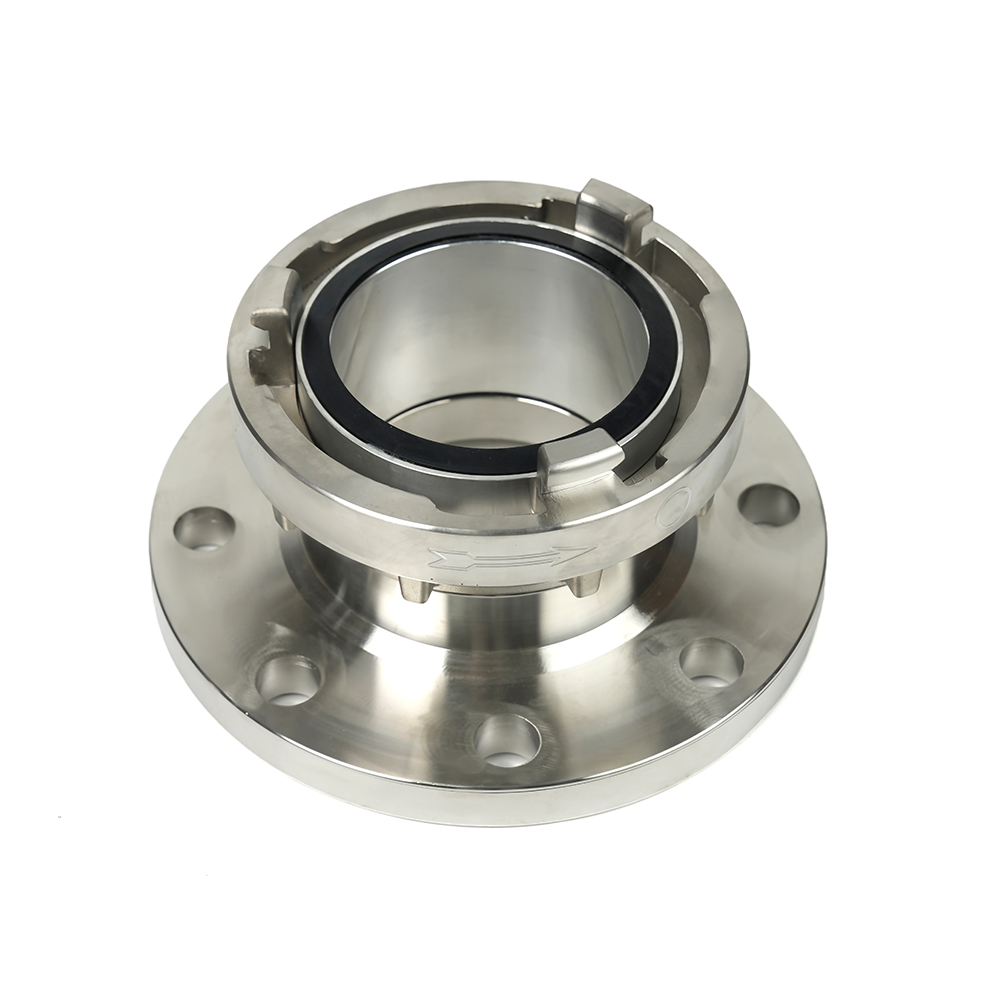 Storz Adapter Couplings – Flanged
Storz Adapter Couplings – Flanged